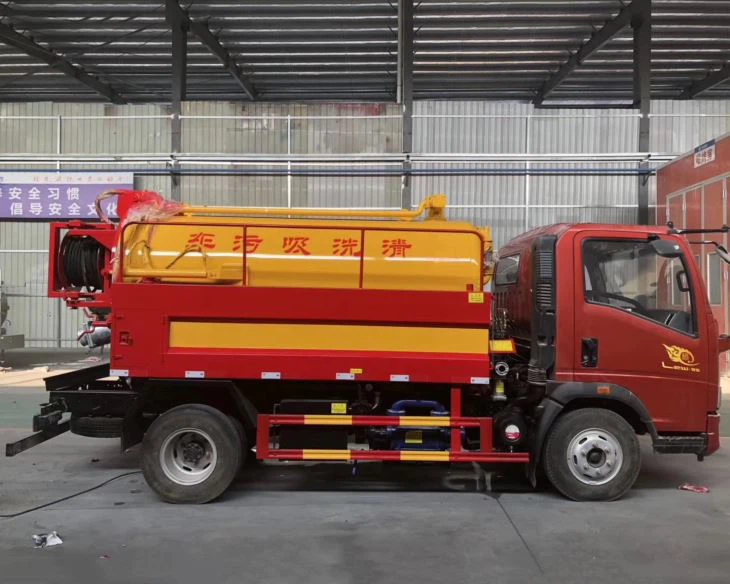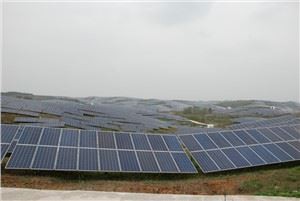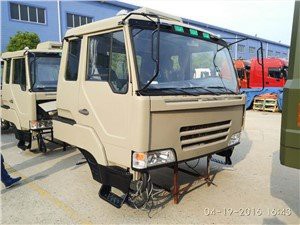Understanding Tankers Transporting Water: A Comprehensive Guide

Water is a vital resource that requires efficient transportation methods, especially in areas where it’s scarce or needed in large quantities. Tankers transporting water play a crucial role in ensuring that communities, industries, and agriculture have the hydration they require. This article explores everything you need to know about water tankers, their types, operational processes, and the importance they hold in various sectors.
The Importance of Tankers in Water Transportation
Tankers have been instrumental in the distribution of various liquids, but their role in transporting water is particularly noteworthy. Water tankers are used for multiple purposes, ranging from providing drinking water to supplying water for industrial processes.
1. Types of Water Tankers

Understanding the types of tankers available for transporting water is essential for knowing which option fits your needs.
1.1. Mobile Water Tankers
These are versatile tankers designed for easy movement, often used in emergency situations or for temporary supply needs.
1.2. Semi-Trailer Tankers
These are large, towed tankers commonly utilized for bulk water transportation in larger-scale operations.
1.3. Water Tank Trucks
These specially designed trucks are fitted with tanks that can carry and distribute water, often used for firefighting and agricultural purposes.
How Water Tankers Operate
The operation of tankers transporting water involves several stages from sourcing to delivery.
2. Sourcing Water
Water can be sourced from various points, including rivers, lakes, reservoirs, or municipal water supplies.
3. Transportation Process
The transportation process includes the following steps:
| Step | Description |
|---|---|
| Loading | Filling the tanker at the water source, ensuring the tank is clean and safe. |
| Transporting | Driving the loaded tanker to the designated delivery location. |
| Unloading | Carefully discharging the water while monitoring the process. |
Applications of Water Tankers
Water tankers serve various sectors with distinct requirements for water supply.
4. Residential Use
In urban areas, especially where municipal supply is deficient, water tankers deliver potable water to households.
5. Agricultural Use
Farmers rely on water tankers to irrigate crops, ensuring their agricultural activities maintain productivity.
6. Industrial Use
Industries often require large quantities of water for various processes, making tankers their go-to option for water supply.
7. Emergency Services
During natural disasters, such as floods or drought, water tankers are crucial in delivering essential drinking water to affected areas.
Choosing the Right Water Tanker
Selecting the right tanker involves several factors, considering the intended use and specific requirements.
8. Capacity and Size
Tankers come in various sizes, and the right choice depends on the volume of water needed, the transportation route, and the destination.

9. Material and Maintenance
Water tankers must be built from materials that prevent contamination. Regular maintenance ensures safety and longevity.
10. Delivery Times and Scheduling
Planning delivery schedules can impact efficiency. Understanding peak demand times can help streamline operations.
Practical Tips for Using Water Tankers
Here are practical tips for effectively utilizing water tankers:
- Always check the condition of the tanker before loading water.
- Maintain records of water usage to monitor and optimize water distribution.
- Engage certified operators trained in transporting potable water.
- Consider local regulations about water quality and transportation.
Environmental Considerations
Transporting water can have environmental impacts, and being aware of these can help mitigate negative effects.
11. Minimizing Water Loss
Efforts should be made to minimize water loss during transportation, including regular inspections and maintenance.
12. Sustainable Practices
Utilizing efficient routes and scheduling deliveries can reduce carbon emissions associated with transport.
Frequently Asked Questions (FAQs)
Q1: How much water can a typical water tanker hold?
A typical water tanker can hold anywhere from 1,000 to 10,000 gallons, depending on its size and design.
Q2: Can water tankers transport non-potable water?
Yes, water tankers can be designed to transport non-potable water, but it’s essential to ensure they are marked accordingly to prevent misuse.
Q3: What are the regulations for transporting drinking water?

Regulations vary by region but often require tankers to meet specific cleanliness and safety standards to avoid contamination.
Q4: How often should water tankers be cleaned?
Water tankers should be cleaned after every use, especially if switching between potable and non-potable water.
Q5: What are the costs associated with using water tankers?
Costs can vary significantly based on distance, tanker size, and the source of water; always obtain quotes from multiple providers.
Q6: Are there specific certifications for water tanker drivers?
Yes, drivers may require certifications related to hazardous materials and safe driving practices, depending on local regulations.
